Trillium is excited to announce their appointment to the Forbes America’s Best Recruiting and Staffing Firms List for the second time in 3 years!
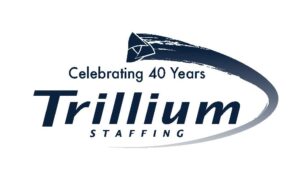

Trillium is excited to announce their appointment to the Forbes America’s Best Recruiting and Staffing Firms List for the second time in 3 years!

Even as the effects of the pandemic begin to wane across the U.S. a new crisis is emerging—that of brutal heatwaves across the country. According to The National Weather Service, the already blistering temperatures experienced by as much as 70% of the U.S. population in June of 2022 are likely to continue, with a hotter-than-average July, August, and September on the horizon.

For those who make a living driving trucks, heatwaves can be problematic. According to a 2018 study published in Temperature, cars parked in the sun on a hot day can go from 85 degrees to 116 degrees in just an hour due to the way heat and humidity can become trapped inside an enclosed space. This means that just being inside of a vehicle without the air conditioning on can be a dangerous prospect, even with the windows open.
Of course, most truck drivers do much more in the course of their busy days that can cause harm to their bodies in extreme heat such as securing a load, inspecting the truck, or parking in a no-idle space without shade, not to mention manual labor tasks such as loading and unloading freight with a pallet jack, hand cart, etc. Due to the nature of the occupation, drivers may find themselves at a higher risk of heat-related health complications such as heat exhaustion or its more serious cousin, heatstroke.
How to recognize heatstroke
In the summer months, drivers should remain aware of symptoms of heatstroke so they can recognize the signs and seek immediate the medical attention required by this condition. Without treatment, heatstroke can lead to serious health complications and cause damage to your heart, brain, muscles, and kidneys, and can even lead to death. The damage increases over time without proper medical treatment, so do not delay seeking treatment if heatstroke is suspected.
The most common heatstroke symptoms include the following and can happen suddenly—within 10-15 minutes if body temperatures rise above 106 degrees.
Preventing heatstroke
The best treatment for heatstroke is obviously to avoid it altogether. Here are a few ways to keep cool during high temps.
Extreme heat is the deadliest weather condition and should be taken seriously. Be aware that health conditions such as obesity, heart disease and diabetes, as well as certain medications can increase your risk of an extreme reaction to heat. Make sure to take proper precautions when working in high temps to keep yourself safe and healthy. If heatstroke is suspected, seek professional medical attention immediately so you can continue to enjoy all the other perks of summertime for many years to come.
The Trillium brand of staffing companies is excited to announce their recognition as a National Best and Brightest Companies to Work For in 2022! The awards competition provides the national business community with the opportunity to showcase their best practices and demonstrate why they are an ideal place for employees to work. The awards are presented to organizations based on nominations and direct feedback from employees of each organization.
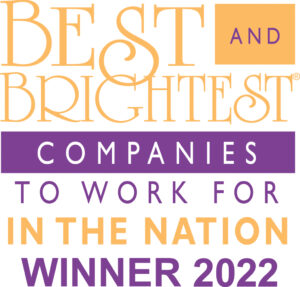
Trillium Staffing is excited to announce that once again they have been recognized by West Michigan’s 101 Best and Brightest Companies to Work For in 2022. The awards competition provides the regional business community with the opportunity to showcase their best practices and demonstrate why they are an ideal place for employees to work. The awards are presented to organizations based on nominations and direct feedback from employees of each organization.
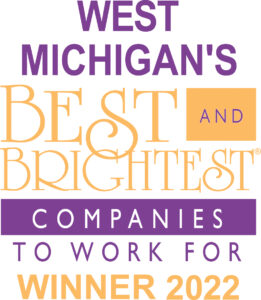
The American Trucking Associations estimates the driver shortage in 2021 topped 80,000 drivers, and experts are worried that number could skyrocket to over 160,000 by 2030. While this shortage can be attributed to several causes, there is one thing that we can state definitively—no matter how challenging driver recruitment and retention become, Trillium Driver Solutions (TDS) will never cut corners on safety.

Trillium is excited to announce their appointment to the Forbes America’s Best Temporary Staffing Firms 2022 List!
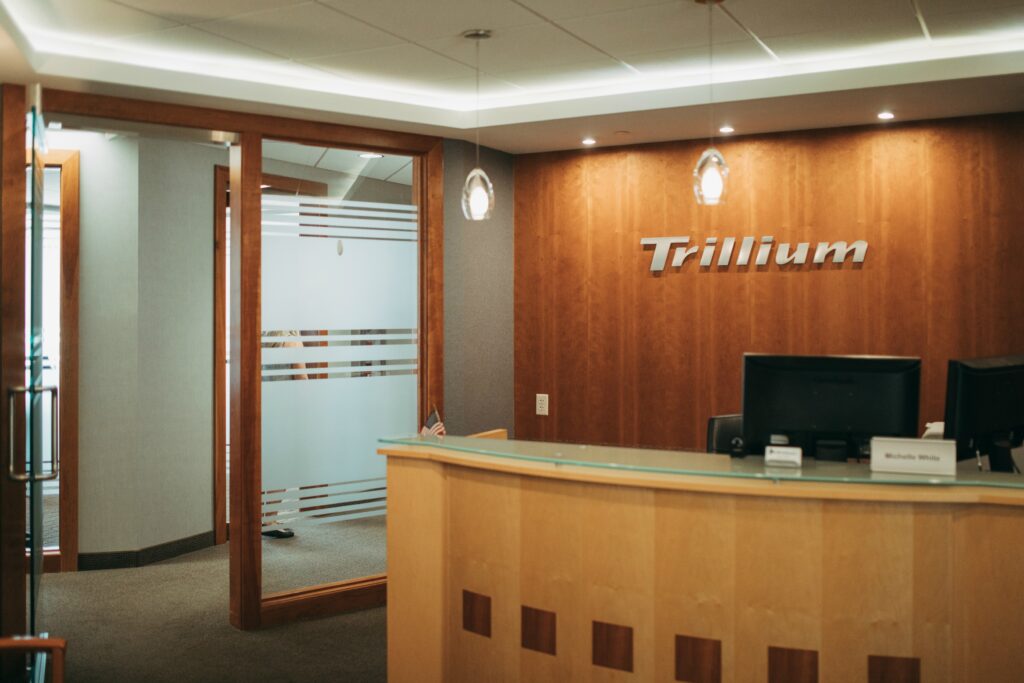
“It remains a humbling experience any time our incredible staff is recognized for their performance. Our teams work exceptionally hard to partner the best possible match of talent and career opportunity so this award being based off of the direct feedback of clients and job seekers is incredibly special to us.” -Jenna Mathieu, Director of Marketing
Trillium was ranked 113 out of more than 22,000 nominations in the country. The award ranking is based on an independent survey of peers and clients. Feedback from external recruiters, hiring managers at client companies and job seekers are considered. The full list of winners is available on Forbes website.
The Trillium brand of companies is privately owned by René Poch and provides more than 30 years of industry leading recruitment and staffing services through its divisions including: Trillium Staffing, Trillium Construction Services, Trillium Driver Solutions, Trillium Accounting and Finance, and Trillium Technical. With approximately 100 offices nationwide and nearly 400 internal recruitment professionals, the Trillium brand is proud to be recognized by Staffing Industry Analysts as a Top 100 Largest Staffing Firm in the U.S., and a 2021 winner of National Best and Brightest Companies to Work For. For more information please visit www.trilliumstaffing.com.
Everyone has been talking about that Oscars slap. Less is being said about the reaction and de-escalation efforts of presenter Chris Rock, but Rock’s response is one of the main takeaways from the situation. It’s essential to keep a cool head when violence in the workplace starts to emerge, and all organizations should provide best practices to deescalate and even prevent workplace violence, especially in these troubling times.
A Violence Epidemic
According to the National Safety Council, a leading non-profit safety advocate for the workplace and roadways, over 20,000 assault-related injuries and 392 deaths resulted from workplace violence in 2020. The National Institute for Occupational Safety and Health (NIOSH) reported in 2021 that violence is the second leading cause of death in the workplace, closely behind vehicle accidents, and according to the Bureau of Labor Statistics (BLS), homicide is the number one cause of death for women in the workplace.
These sobering statistics raise the question of what can organizations and employees do to stop workplace violence in its tracks before it becomes another troubling headline?
According to Eric Waidelich, Manager of Operations and Business Development at Rizikon, a risk management consulting firm, the number one step anyone can take to reduce workplace violence is to recognize the warning signs of escalating behavior and respond promptly with the appropriate de-escalation tactic.
What is Behavior Escalation?
Behavior escalation means that a person is showing a certain pattern of behavior that can get worse over time and follows a specific pattern. By responding with a de-escalation tactic, that pattern may be interrupted and hopefully, a resolution can be reached. Keep in mind that not every person will go through these stages in this exact order, and your response also should adjust accordingly. When confronted with a person showing these warning signs, be sure to assess your own physical safety before proceeding.
The 5 Signs of Behavior Escalation and How to Respond Source: Eric Waidelich and OSHA Academy
Stage One: Confusion
Warning signs:
● Bewildered or distracted appearance
● The subject seems unsure or uncertain of what to do next
● The subject may seem overwhelmed
Helpful Responses:
● Listen attentively. Don’t directly challenge.
● Ask clarifying questions to seek understanding (example, “What I’m hearing you say is ______”
● Give factual information
Stage Two: Frustration
Warning signs:
● Impatient and reactive behavior
● Resistant to information you are giving
● Appears defeated
● May try to bait you into an argument
Helpful Responses:
● Continue to listen and offer factual information
● If possible, relocate to a quiet location (try to have another person with you whenever possible and always an escape route in mind)
● Provide reassurance
● Make a sincere attempt to clarify concerns
Stage Three: Blame
Warning signs
● Subject places blame for problems on everyone else
● Critical of the actions of others
● Subject may accuse you or hold you responsible
*Here the subject may cross over into potentially hazardous behavior
Helpful Responses
● Disengage with the person and bring a second party into the discussion
● Use a teamwork approach
● Draw the person back to the facts
● Show respect and concern
● Focus on areas of agreement to help resolve the situation
Stage Four: Anger
Warning Signs
● The subject will show a significant change in body posture
● The subject may engage in aggressive behaviors like shouting, screaming, cursing, pointing fingers, pounding with fists, placing hands on head & closing eyes
*Anger behaviors are red flags that your safety may be at risk. Assess your physical safety before continuing to engage.
Helpful Responses
● Don’t argue with the person
● Maintain a safe physical distance and know your escape route
● Don’t offer solutions – rational discussion is over
● Ask the person to leave – be firm, but calm
Stage Five: Hostility
Warning Signs
● Physical action or threats seem about to happen
● There is immediate danger of physical harm or property damage
● Out-of-control behavior shows the subject has crossed the line
Helpful Responses
● Disengage and evacuate the area entirely or to a secure location
● Attempt to isolate the person if it can be done safely (put a barrier between them and you)
● Alert proper authorities and contact your supervisor
The statistics above paint a grim picture of the reality of workplace violence all around us, but awareness of the warning signs is a major step in the right direction. As you approach a person displaying the above warning signs, it is essential to project calm confidence rather than confrontation. Avoid criticizing or lecturing; rather, focus on the feelings, themes, and motivation revealed by the speaker. Fortunately, in the recent Oscars scandal, Chris Rock was able to quickly assess the problem and respond in a de-escalating manner. Sometimes being a hero requires only some empathy and a listening ear.
As if the holidays weren’t a whirlwind enough on their own, the new year always brings with it a renewed list of projects, tasks and responsibilities no matter what your line of business is. So it shouldn’t come as a surprise that more than 40% of U.S. workers are sleep deprived. What’s worse? Nearly 13% of all workplace injuries in the U.S. may be attributed to fatigue. With stats like that, here’s what you need to know to stay safe in the workplace and help your colleagues do the same.

While it’s no shocker that motor vehicle accidents are the leading cause of accidental deaths, did you know that something as simple and often times preventable as slips, trips and falls are the second leading cause of accidental death? Unless you work in a Safety or Risk Management role, you probably don’t give a lot of thought to this topic. Here’s why you should.
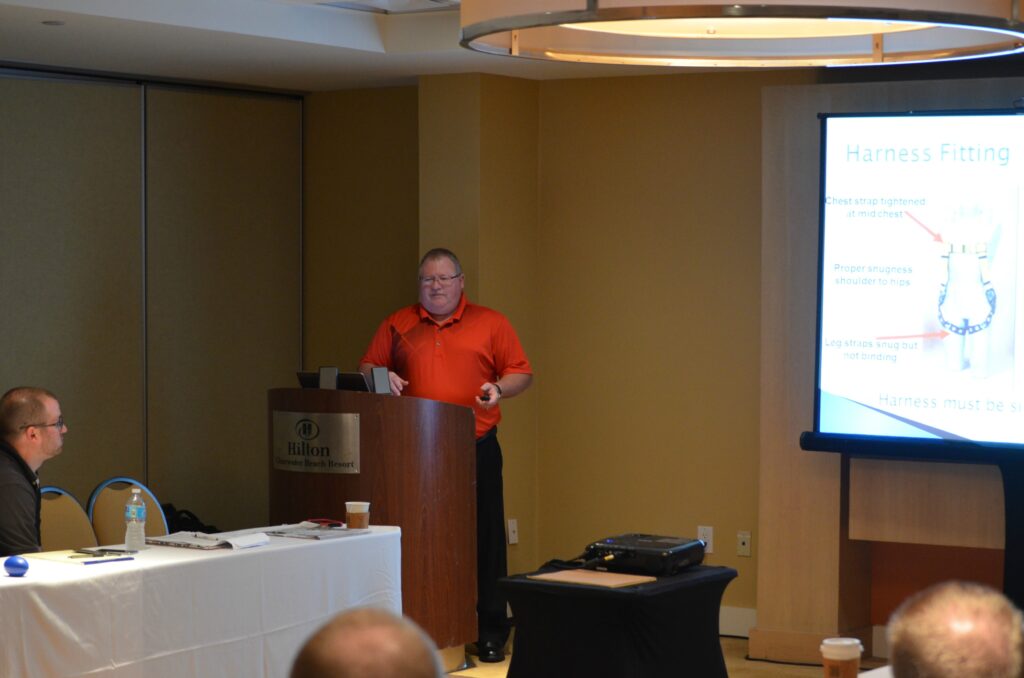
While workplace injuries and illnesses cost employers an estimated $170 billion every year, the costs among them vary greatly. We often hear of companies complaining about the costs of PPE and safety equipment in roles where they don’t suspect the injuries to occur or not understanding the costs of them when they do. Regardless of cost, the important factor is the wellness and safety of the employees.
